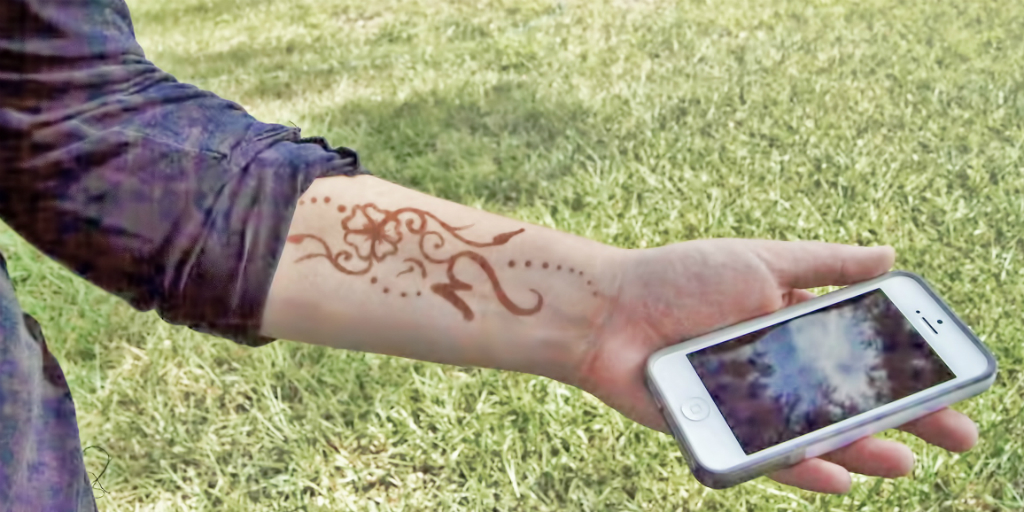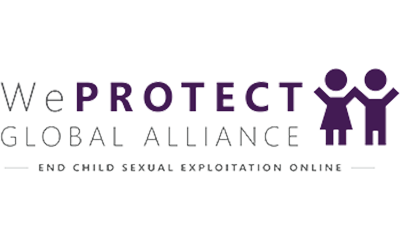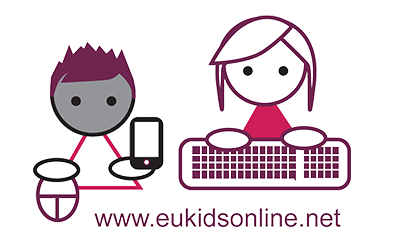GKO, an international research effort bringing together LSE, UNICEF Office of Research-Innocenti, EU Kids Online, and multiple partners around the world, aims to:
- Create a global network of researchers/ experts and build national capacity;
- Understand children’s digital experiences and outcomes in all their individual and contextual diversity;
- Contribute to the evidence base for policy makers and practitioners to strengthen children’s rights in the digital age, maximizing their opportunities to benefit while minimizing risk of harm.
Working across multiple countries is challenging, especially as culturally-diverse conditions in the global South shape the experiences of the majority of children now online. For instance, while in the global North we make a series of assumptions about the context in which children go online, these may be invalid in the global South, where community values and parenting practices are important in distinctive ways, where digital devices are often shared in highly unequal ways, and where children’s online lives are “mobile first” or “mobile only.”
Our research toolkit (see video) seeks to balance cross-national comparability with contextual adaptation. And our impact toolkit seeks to ensure that the resulting findings reach policy makers effectively. We have just finished analysing the data from 14,733 children aged 9-17 who use the internet were surveyed using the Global Kids Online methodology, together with one of their parents, between 2016-2018, in 11 countries across four different regions.
In our GKO presentation at the Sydney eSafety 2019 conference, we reported a series of findings which show country differences. Looking across the findings, we also identified some common patterns across countries:
- Gender and age: boys have access to slightly more devices in most countries, but still gender differences are fairly small, though age differences (more access among older children) are greater. Our findings on access raise questions about whether the type of device matters, whether the gender divide is over, and whether differences by age reflect a problematic inequality?
- Home vs school: in all countries, home is the most common place for children of all ages to access the internet, and the difference between home and school access is greatest for younger children (9-11) whose access at school is particularly limited. One question that arises is whether younger children’s lesser access is positive or limiting.
- Digital skills: children who do a wider range of activities online, and who receive more enabling mediation and less restrictive mediation from their parents tend to have better digital skills. Since parents appear crucial to mediating their children’s online opportunities and risks, this calls for better guidance for parents, as well as more education for all children’s digital skills and literacies.
- Ladder of opportunities: further, we found that more access is linked to more activities; the more children do of one activity, the more they do of the others and, perhaps most tellingly, the less their parents restrict their digital activities, the more they do – including more creative activities. We have previously proposed the idea of a ladder of online opportunities, not to propose a single or normative pathway, for of course children have diverse interests and may pursue many directions online, but to ask policy makers and practitioners what goals they have for children?
- Multiple risks: the survey asked about lots of different kinds of online risk. Overall levels of risk are lower in some countries (Chile, Italy) and higher in others (Uruguay, Bulgaria), albeit with specific risks being higher or lower in different countries. This hints at distinct risk cultures yet to be understood.
- Resilience and vulnerability: unsurprisingly, those who encountered online risk were more likely to say something bothered or upset them online, but the relation is not a perfect one: so, some children encounter risk but do not report being upset. So the factors that make some more resilient and others more vulnerable need to be better understood.
The presentation then explored some of the impacts that have occurred in the countries where GKO has worked. Of course we recognise that the path from evidence to societal impact is unpredictable, usually involves a substantial time-lag and is fraught with methodological challenges in terms of identifying cause and effect. Still a range of impacts could be traced, as shown in the presentation and the forthcoming Matter of Focus report.
Still, we must ask ourselves, are these changes are sufficient, do they meet the priorities in a country and how shall we work to address the remaining and often important problems? Much of our work is at an international rather than a national level. We can point to two crucial developments that give us hope for a future in which children’s rights are better realized in a digital world – the Council of Europe’s recent Recommendation on children’s rights in the digital environment; and the work of the UN Committee on the Rights of the Child to produce a General Comment on children’s rights in relation to the digital environment.
Post author: Sonia Livingstone








